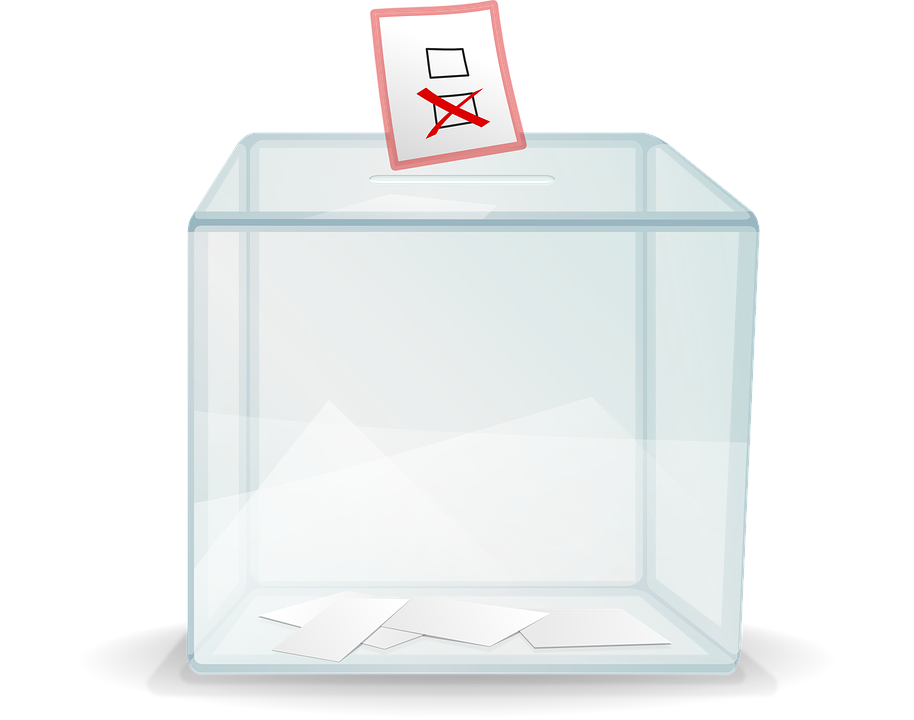Being liberated 14 years after India was not the end of the road for Goa. But rather a beginning of a new struggle Goans, in the form of the merger issue that cropped up soon afterwards. The first elected ruling party of the state wanted Goa to be a part of Maharashtra.
Although initially planned to be a decision made by the legislative assembly of Goa, on whether to merge Goa with Maharashtra or not? It was due to the efforts taken by the Goans opposing such a move that the Government of India decided to hold a referendum or opinion poll as it is referred to today.
In the exercise Goan people eligible to vote were given the right to choose whether Goa will continue to exists as a Union Territory of India or merge with Maharashtra. This can be constituted as one of the most democratic moment not only for Goa but also India because people were given options and asked to choose.
Dayanand Bandodkar, First Chief Minister of Goa led the Maharashtrawadi Gomantak Party (MGP) in favoring the merger with Maharashtra. On the other hand was Dr. Jack De Sequeira; First leader of opposition in the Goan assembly led the United Goans Party (UGP) in opposing the merger.
Other major players included the Communist Party of India, Maharastra Vilikaran Agadhi, Praja Socialist Party Jan Sangh, Rashtriya Swayamsevak Sangh, Goa Vilnikaran Sahayak Samiti, Goa Territorial Congress Committee, Anti – merger Convention, Goa National Union, Dissent members of the Goa Territorial Congress Committee.
Pro merger side argued that Goa being a small territory would be unable to govern itself effectively; strong cultural and traditional ties between the two territories, Language played an important role too as Marathi was also widely used in many parts of Goa.
There were also many sops offered to Goa like non – implementation of prohibition in the state. Separate university and development Konkani language to be under taken. In fact it was also mentioned that Government notices in Goa would be in Konkani.
While the opposition to the merger argued that although it shared many traditions with Maharashtra, it still had a distinct identity due to colonial influence. They argued that there were many advantages to exist as an independent state than become a district in Maharashtra. Konkani was under developed due to long colonial suppression.
The total voter turnout was 81% out of which 54% voted against the merger. The margin of victory was 34, 021 votes. Highest turnout was witnessed in Aldona with 99.66%. The poll was supervised by Chief Election Commissioner V K V Sundaram and Poll Commissioner D K Das.
Finally after hard lobbying by each side for their goal, Goans voted on the future of Goa on 16th of January, 1967. By 17th January counting of the votes commenced and by 19th of January it was declared that Goa had chosen not to merge with Maharashtra.


